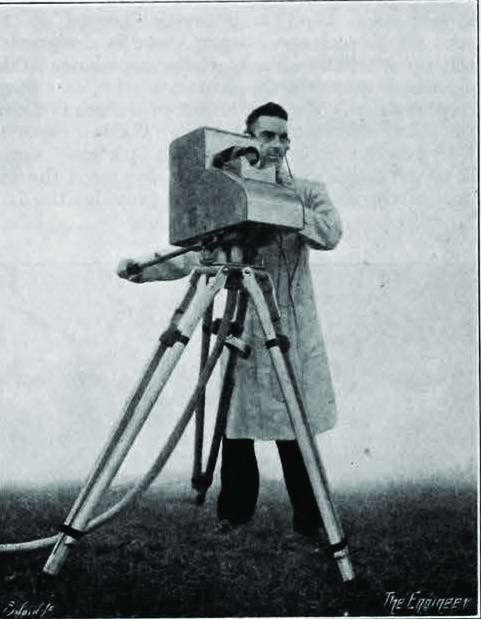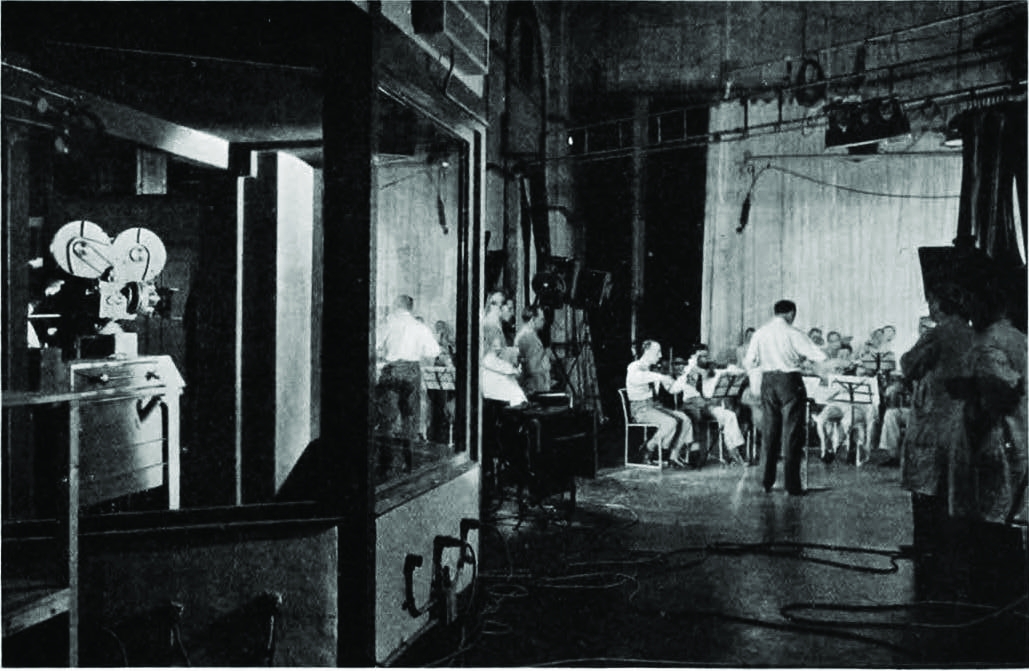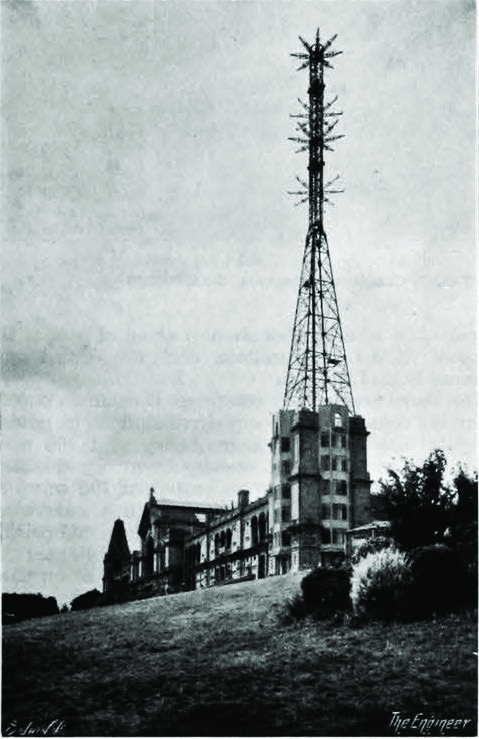Today, London’s Alexandra Palace is known around the world as the birthplace of television broadcasting - arguably one of the most disruptive innovations of the 20th Century.
But back in 1936, few could have anticipated the way in which television would come to dominate public life. And following a visit to the London Television station in August of that year, the Engineer reported on the technology in a characteristically measured tone. The full report can be read here.

‘On Sunday last we paid a visit to the Alexandra Palace,’ it wrote, ‘where a television station has been established to provide an extended trial of the systems devised by Baird Television, Ltd, and the Marconi E.M.I. Television Company, Ltd.’
The article looks in detail at the key features of Marconi’s 405-line system and John Logie Baird’s 240-line system.

After a year-long trial, during which each system broadcasted on alternate weeks, Marconi-EMI’s so-called “hi-definition” system was chosen. The system was suspended during world war II, but remained in operation in the UK until 1985.
Describing the system’s operation and advantages The Engineer wrote, ‘There are six Marconi E.M.I. Emitron television cameras and six Emitron supply and amplification units, which feed two alternative channels to the vision transmitter. Signals from the cameras are raised from 0 · 002 volt to 2000 volts. A special unit supplies to the equipment all the necessary pulses for synchronisation. The signals are first amplified in a unit built into the camera itself, and the amplified picture signals then pass by a special cable to the amplifiers in the control room’

As well as the high order of definition (405 lines) the report adds that one of the key advantages of the Marconi system is the complete absence of flicker. ‘By the use of interlaced scanning the flicker frequently is raised to 50 per second, which is well above the limit of visual per-ception. The vision transmitter and its associated aerial radiates a linear band width of zero cycles to 3,000,000 cycles per second, which has been made possible by the development of new methods of amplification, modulation, and aerial design.’




Glasgow trial explores AR cues for autonomous road safety
They've ploughed into a few vulnerable road users in the past. Making that less likely will make it spectacularly easy to stop the traffic for...